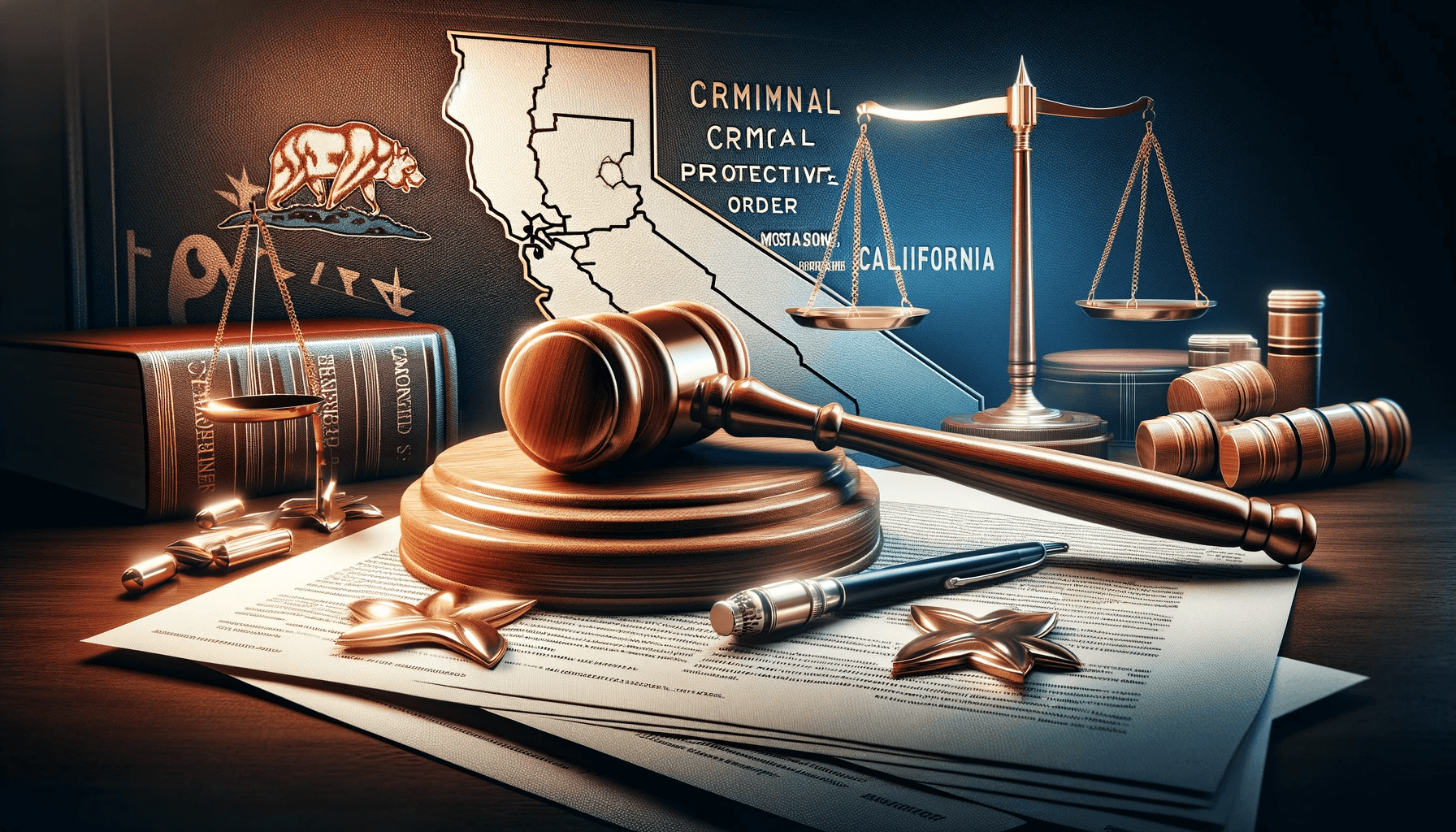Navigating the legal landscape to remove a Criminal Protective Order (CPO) in California can be a complex endeavor. This detailed guide provides an understanding of the process, legal requirements, and strategies involved in lifting a CPO, an essential tool for anyone seeking this legal recourse.
Understanding Criminal Protective Orders in California
A Criminal Protective Order is a legal injunction issued in California to protect victims of crimes, such as domestic violence, from further harm. These orders, while crucial for safety, can sometimes need reconsideration due to changing circumstances.
Types of Protective Orders:
- Emergency Protective Order (EPO): Short-term, immediate protection.
- Temporary Protective Order (TPO): Issued pending a court hearing.
- Permanent Protective Order (PPO): Long-term protection post-trial.
Grounds for Removal of a CPO
The removal of a CPO typically hinges on a demonstrable change in circumstances that ensures the safety of the protected person. This might include reconciliation, changed living situations, or other significant developments.
The Process of Removing a CPO
Step 1: Legal Consultation
Engaging with an experienced criminal defense attorney is the first and most crucial step. Legal expertise in California’s protective order laws is indispensable in navigating this process.
Step 2: Filing a Motion
The individual seeking to lift the order must file a motion in the court that originally issued the CPO. This motion should articulate the reasons for removal, supported by relevant evidence and documentation.
Step 3: Serving Notice
The law mandates that all parties involved, including the protected individual and the district attorney’s office, receive notice of the motion.
Step 4: The Court Hearing
A hearing is scheduled where both parties can present their arguments. The court examines factors like the severity of the original offense, compliance with the order, and current circumstances impacting the protected person’s safety.
Critical Factors Considered by the Court
Prioritizing Safety and Welfare
The paramount concern for the court is the safety of the protected individual. Evidence showing that the removal of the order will not compromise safety is vital.
Legal Representation
The role of a skilled attorney in these proceedings cannot be overstated. An attorney can effectively communicate the reasons for the order’s removal and challenge any opposing arguments.
Compliance History
The petitioner’s history of complying with the CPO plays a significant role. A clean record of adherence to the order’s terms is beneficial.
Conclusion
The path to removing a Criminal Protective Order in California requires a strategic legal approach, comprehensive understanding of the law, and careful preparation. With the guidance of proficient legal counsel, individuals seeking to lift a CPO can navigate this complex process more effectively, ensuring all legal avenues are explored for a favorable outcome.









Leave a Reply